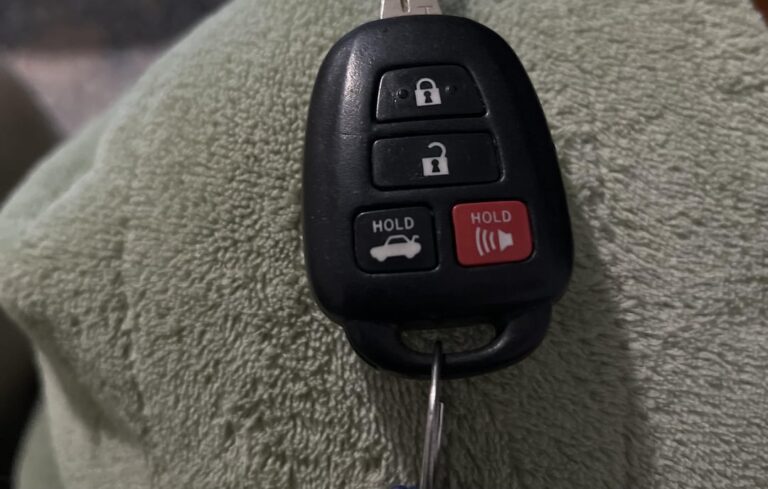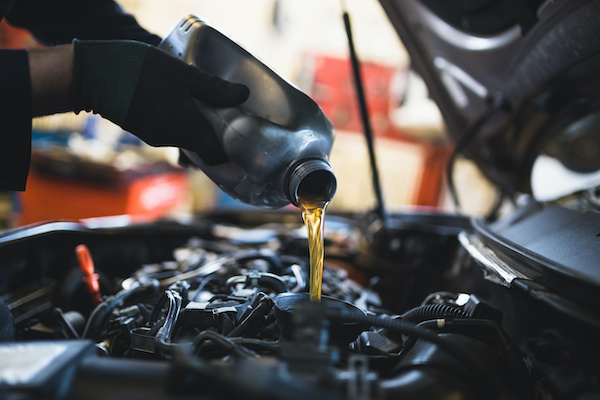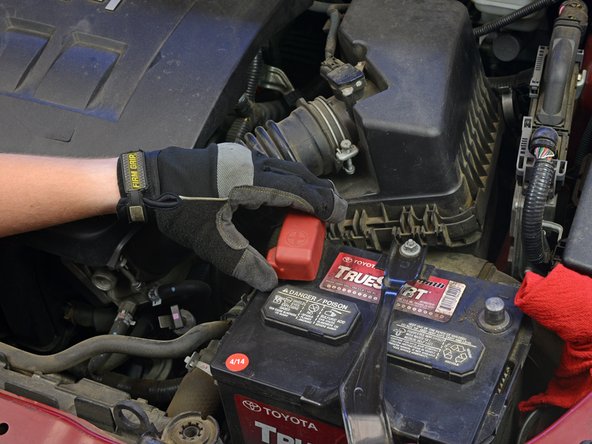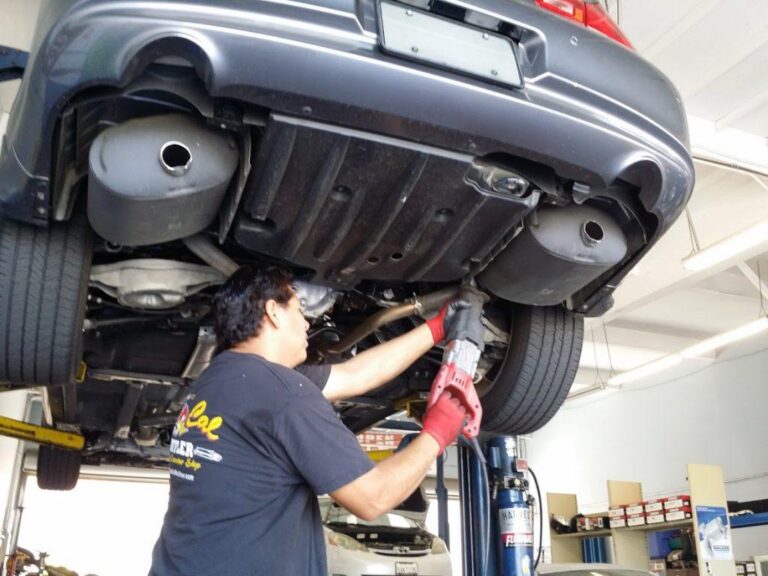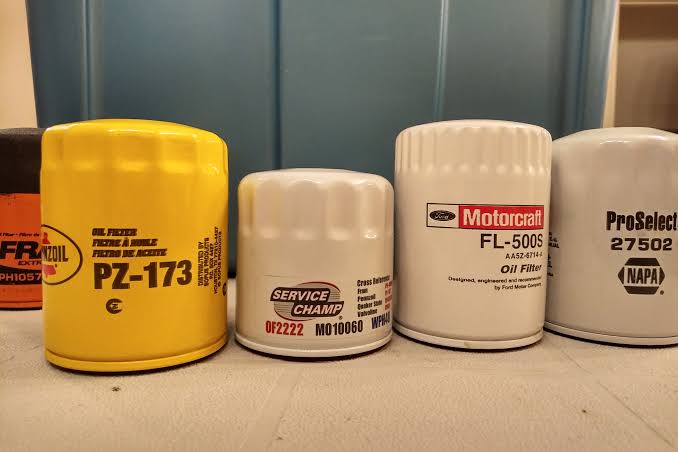Will My Car Start in Negative Temperatures?

Starting your car in extremely cold weather can be challenging. Many drivers experience issues with their vehicles in negative temperatures, and this can be frustrating. If you’re wondering, will my car start in negative temperatures, the answer largely depends on a variety of factors including the condition of your car, the type of fuel, and how well-maintained it is. In this article, we will break down the key reasons why a car may struggle to start in cold temperatures and what you can do to prevent or solve the issue.
Why Do Cars Struggle to Start in Cold Weather?
Cars are designed to operate optimally in mild to moderate temperatures, but when the mercury drops significantly, several factors can make starting your car more difficult.
1. Battery Performance
In cold temperatures, your car battery’s performance can be significantly reduced. Batteries rely on chemical reactions to generate power, and these reactions slow down as the temperature drops. Below freezing (32°F or 0°C), the battery may lose as much as 50% of its effectiveness, making it harder to start your car.
How Cold Affects the Battery:
- Slower Chemical Reactions: Cold temperatures slow down the chemical reactions inside the battery, making it harder to produce the electrical power needed to start the car.
- Increased Power Demand: In winter, your vehicle may require more power to start, especially if you’re using features like the heater or defrosting system.
- Thicker Engine Oil: The oil in your engine becomes thicker in cold weather, making it harder for the engine to turn over and start.
2. Thickened Oil
In freezing or negative temperatures, the oil in your engine can thicken, making it harder for the engine components to move smoothly. The thicker oil increases friction, causing the engine to work harder to turn over and start.
- Increased Friction: Thicker oil causes more resistance, making the engine crank slower and potentially causing wear on engine components over time.
- Oil Viscosity: It’s important to use oil with the right viscosity for the season, as winter-grade oils are specifically designed to remain more fluid in cold temperatures.
3. Fuel Line Issues
When temperatures drop, the fuel in your car’s gas lines can become more viscous and may even freeze. This can cause blockages in the fuel line, preventing fuel from reaching the engine. Diesel vehicles are particularly vulnerable to this problem, as diesel fuel can gel in extremely cold temperatures.
- Fuel Line Freezing: Water in the fuel line can freeze, preventing fuel from reaching the engine and causing a no-start situation.
- Winter Blend Fuel: In colder climates, using winter blend fuel can help prevent freezing or gelling of the fuel in the system.
4. Starter Motor and Alternator Issues
Cold temperatures can also affect your car’s starter motor and alternator. These components rely on electrical power to function, and in freezing temperatures, their performance may be compromised.
- Starter Motor: The starter motor, which helps turn over the engine, can become less effective in extreme cold, especially if it is already worn.
- Alternator: The alternator, which charges the battery while the car is running, may struggle in cold weather, causing the battery to lose its charge more quickly.
How to Improve Your Chances of Starting Your Car in Negative Temperatures
While some of these issues are inevitable in extremely cold weather, there are several proactive steps you can take to help your car start more easily in negative temperatures.
1. Keep Your Battery in Good Condition
- Regular Maintenance: Have your battery tested before the winter season to ensure it’s holding a charge and is in good condition. If your battery is old (more than 3-5 years), consider replacing it.
- Battery Insulation: Using a battery insulation kit can help maintain the temperature of the battery, preventing it from becoming too cold.
- Use a Battery Tender: A battery tender or trickle charger can be connected to the battery to keep it charged, particularly if you plan to leave the car unused for a while.
2. Use the Right Engine Oil
- Winter-Grade Oil: Make sure to use oil that is formulated for cold weather. A thinner, winter-grade oil (e.g., 5W-30 or 0W-20) flows better in cold temperatures, reducing the friction on engine components.
- Frequent Oil Changes: Regularly change your engine oil to ensure it is clean and at the right viscosity for cold weather.
3. Park in a Warmer Location
- Indoor Parking: Whenever possible, park your car inside a garage or shelter to protect it from the cold. This helps keep the battery and engine warmer, reducing the likelihood of a hard start.
- Use a Car Cover: If indoor parking is not an option, consider using a car cover or windshield cover to shield the vehicle from extreme cold.
4. Use Fuel Additives
- Fuel Line Antifreeze: If you live in an area with particularly cold winters, consider adding fuel line antifreeze or fuel stabilizer to prevent fuel from freezing in the lines.
5. Turn the Key, but Don’t Crank Too Long
When starting the car in cold temperatures, turn the key to the “on” position and wait a few seconds before cranking the engine. This allows the fuel system and electrical components time to engage properly before starting. Don’t crank the engine for too long—if it doesn’t start within 10-15 seconds, give it a break before trying again.
What to Do if Your Car Doesn’t Start in Negative Temperatures
If your car doesn’t start in extreme cold, here are some potential solutions:
- Jump Start the Battery: If the issue is a dead or weak battery, a jump start can provide the necessary power to get the engine running. Keep jumper cables or a portable jump starter in your car.
- Call for Roadside Assistance: If you’re stuck and can’t figure out the issue, calling roadside assistance can get you the help you need. Some services may even have portable battery chargers or be able to help with fuel line issues.
- Engine Block Heater: If you’re in an extremely cold climate, installing an engine block heater can be a game-changer. It warms the engine, oil, and coolant, making it easier to start the car in freezing temperatures.
Conclusion
Yes, your car can start in negative temperatures, but it may require some extra care and attention. Cold weather can affect your battery, oil viscosity, fuel lines, and engine performance, which can make starting your car more difficult. By taking proactive steps like maintaining your battery, using the right oil, and parking in a warmer location, you can improve your chances of starting your car even in the most extreme cold. If your car doesn’t start, try jump-starting the battery or calling for roadside assistance to resolve the issue.
Frequently Asked Questions (FAQs)
1. Can a dead battery cause my car not to start in cold temperatures?
- Yes, in cold weather, a weak or dead battery can struggle to provide enough power to start your car. Cold temperatures reduce the effectiveness of the battery.
2. How can I prevent my car from not starting in cold weather?
- Ensure your battery is in good condition, use the appropriate winter-grade oil, and park your car in a warmer location. Also, consider using a battery charger or heater if necessary.
3. What should I do if my car doesn’t start in negative temperatures?
- Try jump-starting the battery or call for roadside assistance. You can also use an engine block heater to help warm the engine.
4. Does the oil thickness affect starting in cold temperatures?
- Yes, thicker oil can increase friction and make it harder to start the engine. Use winter-grade oil with a lower viscosity to prevent this.
5. Can extreme cold cause fuel lines to freeze?
- Yes, fuel lines can freeze in very cold temperatures, especially in diesel vehicles. Using fuel additives or fuel line antifreeze can help prevent this issue.

